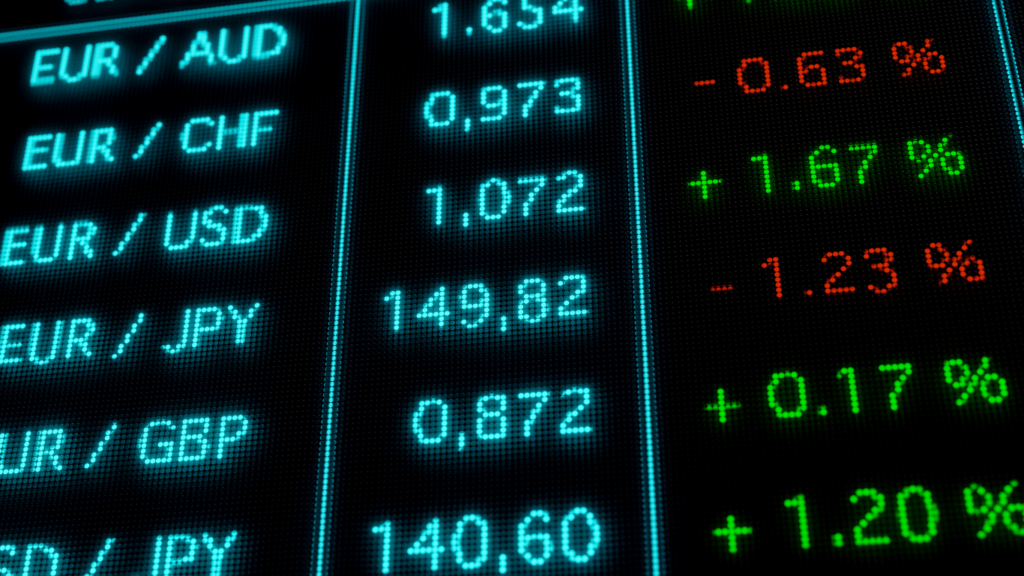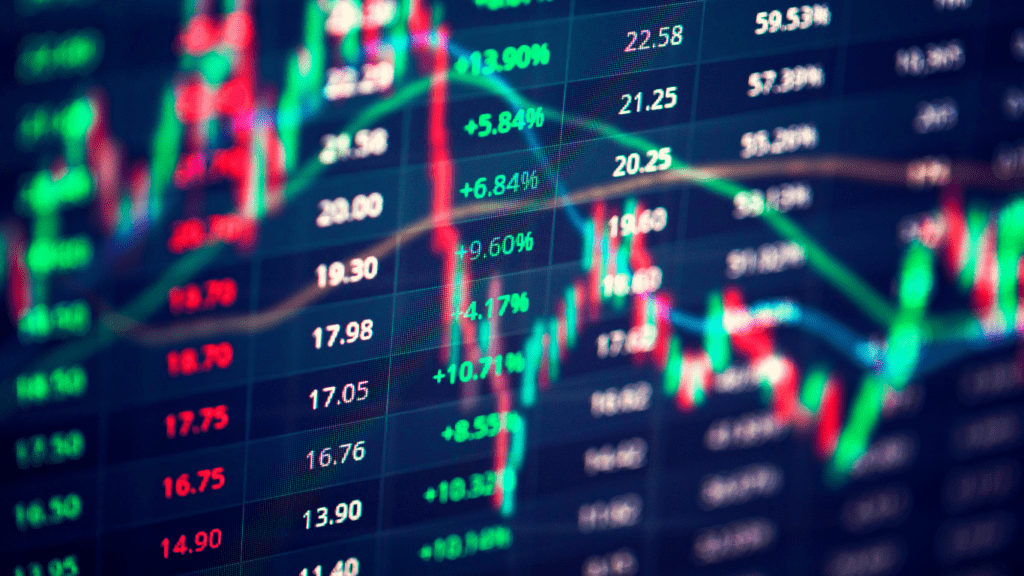Understanding Currency Exchange Rates
Currency exchange rates play a crucial role in international trade dynamics, impacting everything from costs to competitiveness.
What Are Exchange Rates?
Exchange rates are the price at which one currency can be exchanged for another. These rates determine how much of one currency you can get with a specified amount of another. For example, if the exchange rate between the US Dollar (USD) and the Euro (EUR) is 1.2, it means you need 1.2 USD to obtain 1 EUR.
How Are Exchange Rates Determined?
Several factors determine exchange rates, including:
- Interest Rates: Higher interest rates offer lenders in an economy a higher return relative to other countries. As a result, higher interest attracts foreign capital and causes exchange rates to rise.
- Inflation Rates: Lower inflation in a country’s economy leads to an appreciation of its currency. When inflation is lower, the currency’s purchasing power increases relative to other currencies.
- Economic Indicators: GDP growth, employment rates, and manufacturing data contribute to a currency’s strength or weakness. Positive economic reports usually boost a currency, while negative ones can cause it to depreciate.
- Political Stability: Countries with less risk related to political events tend to attract more foreign investments. Political stability often correlates with stronger currencies.
These determinants fluctuate, impacting the global market.
Impact of Exchange Rates on International Trade
Exchange rates significantly influence international trade dynamics. They determine the cost-effectiveness of exports and imports, impacting the profitability and stability of global businesses.
The Role of Currency Values in Export and Import Prices
Currency values directly affect export and import prices. When a country’s currency strengthens, its goods become more expensive for foreign buyers.
For instance, if the USD appreciates against the EUR, American products cost more in Europe, potentially reducing European demand. Conversely, a weaker USD makes US goods cheaper abroad, potentially boosting exports.
Import prices show the opposite trend. A strong domestic currency reduces the cost of foreign products, making imports cheaper. For example, a strong USD makes European electronics more affordable for Americans.
On the other hand, a weaker domestic currency increases import costs, potentially reducing foreign product purchases.
Exchange Rate Volatility and Trade Stability
Exchange rate volatility can disrupt trade stability. Unpredictable fluctuations increase risk and uncertainty in international transactions. Businesses may face unforeseen losses if currency values change unfavorably, affecting profit margins.
Companies often use hedging strategies to mitigate these risks. For instance, forward contracts lock in exchange rates for future transactions, providing certainty against unpredictable fluctuations.
Despite these measures, extreme volatility can still harm international trade by reducing confidence and increasing transaction costs.
Key Economic Theories Behind Exchange Rates and Trade

Understanding economic theories behind exchange rates helps decode their impact on international trade. Here, I’ll explore two major theories: Purchasing Power Parity and Interest Rate Parity.
Purchasing Power Parity (PPP)
- Purchasing Power Parity (PPP) posits that in the long term, exchange rates should equalize the purchasing power of different currencies.
- If a basket of goods costs $100 in the US and the equivalent is £75 in the UK, the exchange rate should be $1.33/£1.
- PPP helps identify overvalued or undervalued currencies.
- If $1 buys more in another country than domestically, that currency may be undervalued.
- Conversely, if the opposite is true, the currency might be overvalued.
Interest Rate Parity (IRP)
Interest Rate Parity (IRP) states that the difference in interest rates between two countries equals the differential between the forward exchange rate and the spot exchange rate.
For example, if the US has an interest rate of 2% and the UK has 3%, the exchange rate differential should offset to prevent arbitrage opportunities. IRP ensures that investors can’t profit from differing interest rates across countries without facing exchange rate risk.
Policy Responses to Exchange Rate Fluctuations
Governments and institutions implement various policies to manage exchange rate fluctuations. Effective response strategies help stabilize trade and economic growth.
Central Bank Interventions
Central banks play a crucial role in managing exchange rate fluctuations. They often intervene in the foreign exchange market to stabilize their currency’s value.
For instance, a central bank might buy its own currency to increase demand and boost its value or sell it to decrease supply and reduce its value. This intervention helps maintain stable export and import prices, promoting economic stability.
In addition to direct market interventions, central banks use monetary policies to influence exchange rates. They adjust interest rates to control inflation and manage economic growth.
A higher interest rate attracts foreign investors seeking better returns, leading to an appreciation of the currency, while a lower rate can depreciate it. By carefully balancing these rates, central banks can mitigate harmful exchange rate volatility affecting international trade.
Trade Agreements and Their Impact
Trade agreements also influence how countries respond to exchange rate fluctuations. Bilateral and multilateral agreements often include clauses that address currency manipulation to ensure fair trade practices.
For example, the United States-Mexico-Canada Agreement (USMCA) includes provisions to prevent competitive devaluations, promoting stable trade relations.
These agreements set mechanisms for dispute resolution, enabling countries to address unfair exchange rate practices. They promote transparency and cooperation, ensuring that currency policies do not disadvantage trade partners.
By encouraging stable exchange rates, these agreements help maintain predictable trade environments, reducing risk for businesses engaged in international commerce.




